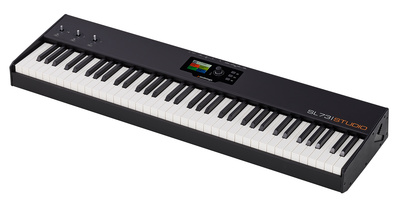Vintage electric pianos such as the Fender Rhodes and Wurlitzer are the most popular keyboard sounds of the ’60s and ’70s. If you don’t have one of these wonderful vintage instruments, why not play an electric piano VST instead? Available as plug-ins, a sampling library, and an app for tablets and smartphones, these cool sounds are ready to go.











